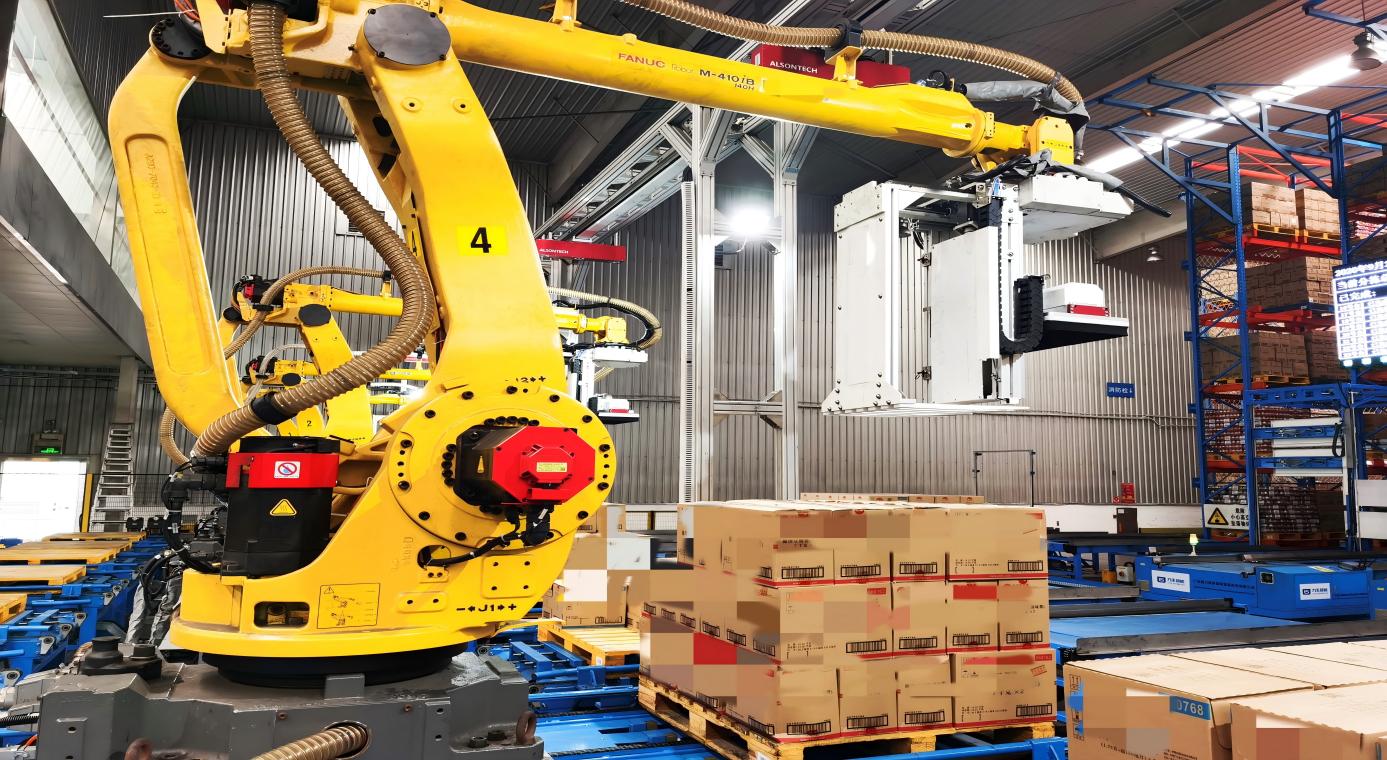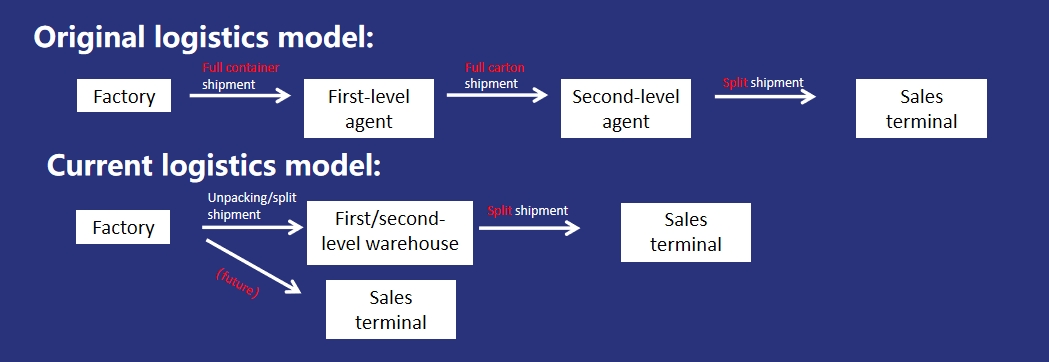I. Analysis of the Industry Status
With the vigorous development of the food industry, the growing market demand has prompted food enterprises to continuously expand their production scale. At the same time, consumers’ attention to food safety and quality has continued to rise, posing increasingly stringent challenges to food enterprises in their production and operation processes. Traditional manual palletizing and picking methods have gradually revealed many drawbacks in terms of efficiency, accuracy, and cost control, making them difficult to adapt to the rapid development needs of the industry. As labor costs increase year by year, the operating costs of food enterprises have also been rising, which undoubtedly brings a heavy burden to their development. Against this backdrop, the emergence of intelligent palletizing and picking robots has provided a new opportunity for the transformation and upgrading of the food industry.
II. Description of Customer Needs of a Condiment Factory
The warehouse of the food enterprise handles 2B business shipments, with a daily shipment volume exceeding 250,000 cases, of which bulk goods account for approximately 15%. In the past, the customer used the “goods-to-person” picking method for bulk goods: warehouse pickers would pick goods row by row from the shelves according to printed paper orders. To meet the daily shipping tasks, the warehouse employed more than 20 pickers. As business orders have increased and more flexible distribution requirements have emerged, the current picking model can no longer meet business needs. There is an urgent need for new picking equipment to empower and support operations to meet business challenges.
- Pain points of manual picking:
- Difficult personnel management and safety hazards in manual operations;
- Inability to adapt to the digital and refined management needs of the warehouse;
- Inability to support and meet the increasing business distribution requirements.

III.Analysis of Delivery Cases – Investment and Return
- Order Fulfillment Capability: By replacing 20 manual workers and budgeting for a 10-year service life of the machines, with an annual maintenance cost of ¥200,000, the solution can save ¥9 million in labor costs, reducing costs by over 56%.
- Picking Efficiency: Exceeding 30,000 cases per day (16 hours, 4 robots), which is a 50%+ improvement in efficiency compared to before the project’s launch.
- Delivery Timeliness: On-time and highly efficient, with delivery timeliness accurate to the minute, meeting the warehouse’s needs for refined management and scheduling.
- Business Expansion Capability: Empowers the enterprise to accept diversified and more flexible business forms in the future, fulfilling the demand for shortened supply chain delivery and expanding the enterprise’s business ecosystem (originally only accepting full-pallet orders, not bulk mixed-pallet shipments).
- Additional Value: After adopting the robotic intelligent solution, the factory applied for and obtained government subsidies, accounting for approximately 15% of the project’s investment amount, further reducing the factory’s costs.
IV. Transformation and Reinvention of Logistics Models
